The astonishing story of Visegrád’s Salamon Tower, where Dracula was held captive: PHOTOS

The residential tower of Visegrád’s Lower Castle is known as the Salamon Tower. It was named after King Salamon, who lost in the Hungarian throne disputes of the 11th century and was imprisoned by the victorious Saint Ladislaus in Visegrád. However, the tower on the Danube did not exist at that time, and the site of his imprisonment was likely the ispáni castle on the nearby Sibrik Hill. Folk tradition, nonetheless, associates the tower with Salamon’s memory.
Visegrád’s astonishing Salamon Tower
In the construction and design details of the Salamon Tower, a formal intent dominated that emphasised monumentality and representativeness as much as defensive considerations. This was evident even in the choice of location, as the massive tower built alongside the main transportation route was not only intended to control and defend the main road and the Danube but also to reflect the majestic natural surroundings. From afar, it had to proclaim the ruler’s power and symbolic presence. The Salamon Tower is often identified in public discourse with the entire defensive system of Visegrád’s Lower Castle.
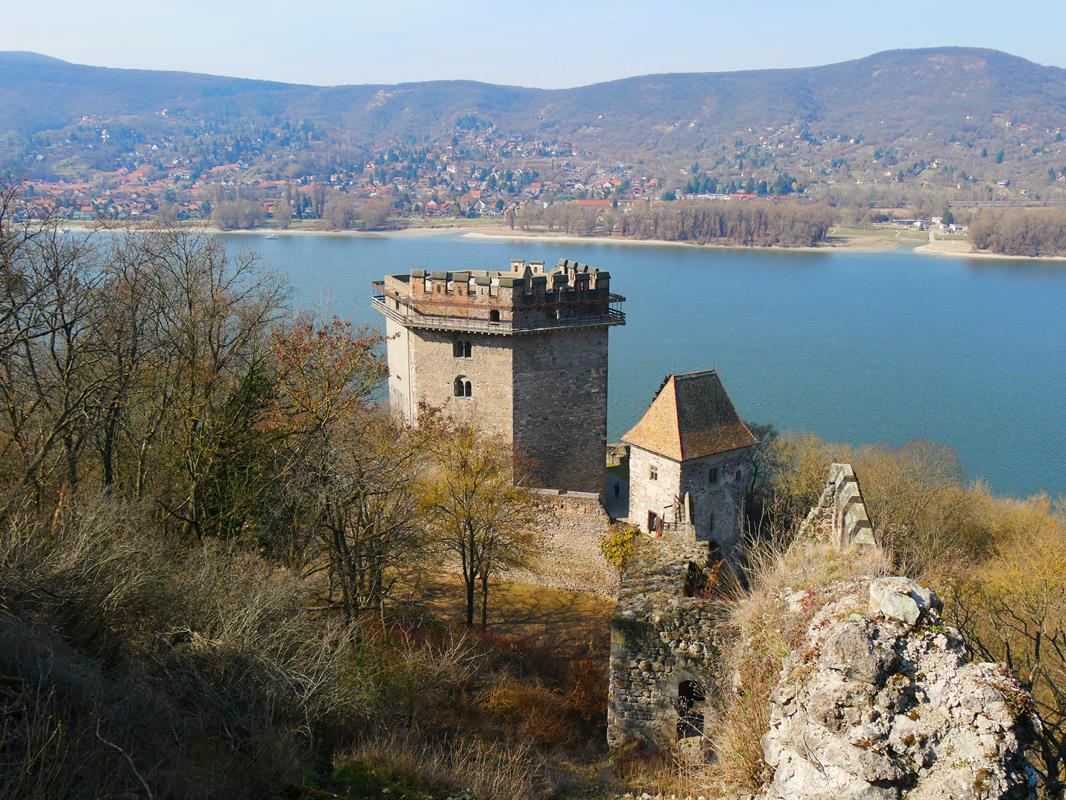
The most important document about the castle’s construction is an 1259 charter in which the king informs Pope Urban IV that he granted a barren hill in the Pilis forest to the queen to build a castle for the protection of widows and orphans against the daily threats of the Tatars.
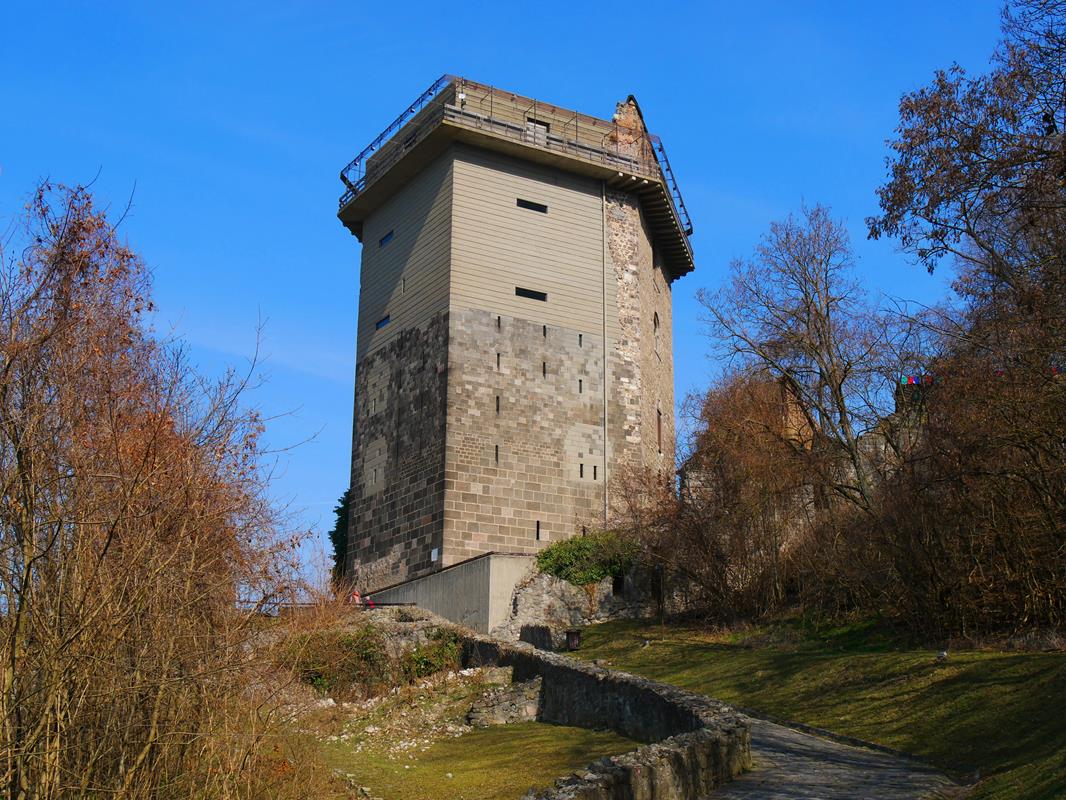
About the fortifications
Visegrád’s fortifications form a complex system. From a military technology standpoint, the Upper Castle was clearly built first, as the Lower Castle cannot be defended without it. However, the construction of the Lower Castle likely began concurrently with that of the Upper Castle. The defensive system of the dual castle is significantly more fortified from the north, with the northern valley-closing wall reinforced with watchtowers and a gate tower, crossing the entire valley from the Upper Castle to the Danube. In contrast, the southern valley-closing wall only rises to about one-third of the hill and does not close with the Upper Castle.
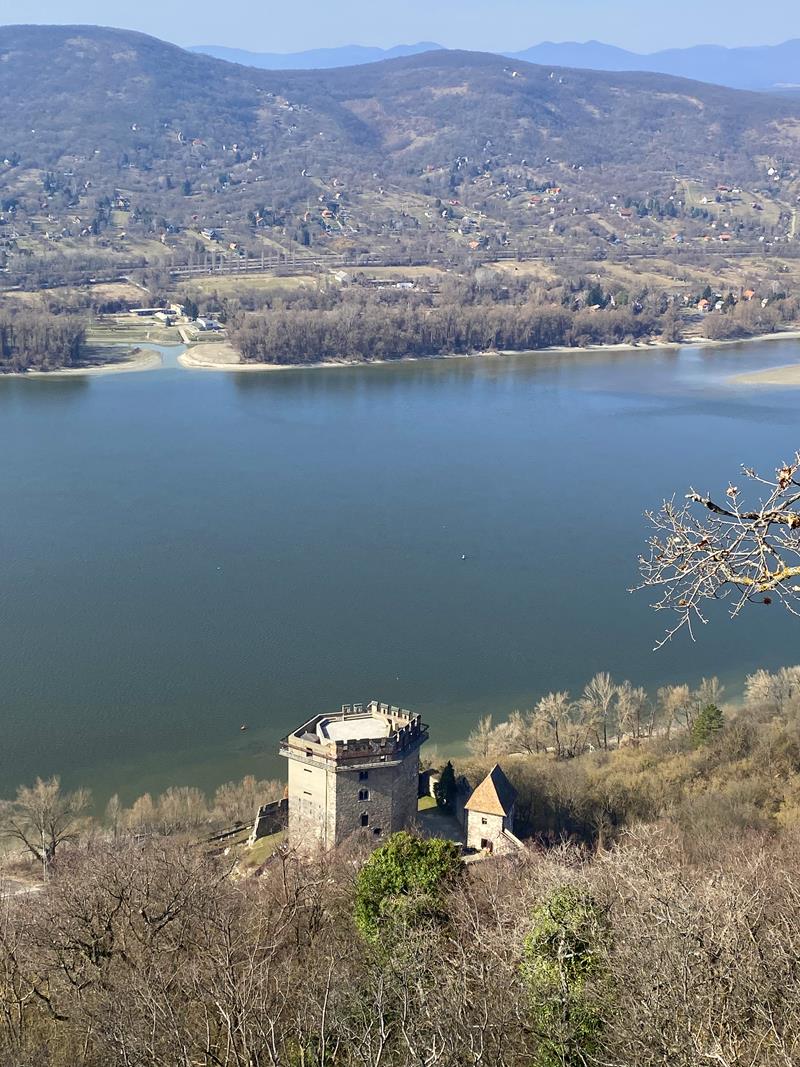
The defensive structures on the southern side are weaker because the wall was not reinforced with watchtowers, and it appears that the gate over the country road was not protected by a tower either. This imbalance in the defensive system may have been justified by the fact that the castle was built against another potential Tatar attack, and the builders did not anticipate a siege from the direction of Esztergom.
On the northern side, access was controlled by a gate tower with a rotated axis relative to the walls, featuring a portcullis. The walls running down to the Danube formed part of the defensive system for the residential tower. The walls were reinforced by another tower at the Danube, and a gate was built into the southern wall crossing the country road.
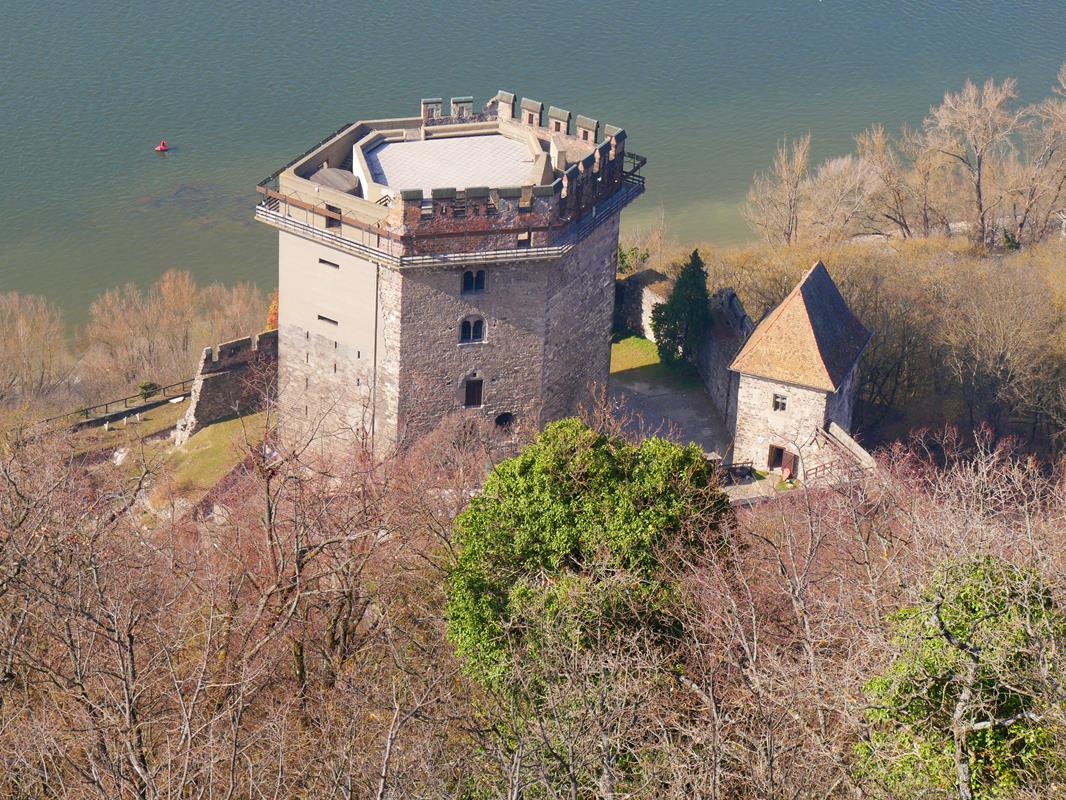
The valley-closing wall connecting the Upper and Lower Castles is exceptionally rare and long in Hungary. This architectural solution allowed for a customs station to operate at the Salamon Tower, given the narrow strip along the medieval road connecting Esztergom and Buda.
The beginnings
The residential tower at the centre of the Lower Castle, commonly known as the Salamon Tower, is a five-story, elongated hexagonal building. A three-story, prism-shaped corner tower was once attached to its western side.
In 1317, Charles Robert’s followers captured Visegrád from Csák Máté through siege. The king moved his seat from Temesvár to Visegrád in 1323, where the castle was the strongest in the central part of the country, relatively close to the economic, political, and ecclesiastical centers of the Regnum. The large residential tower of the Lower Castle was comfortable enough to meet the temporary needs of the royal court.
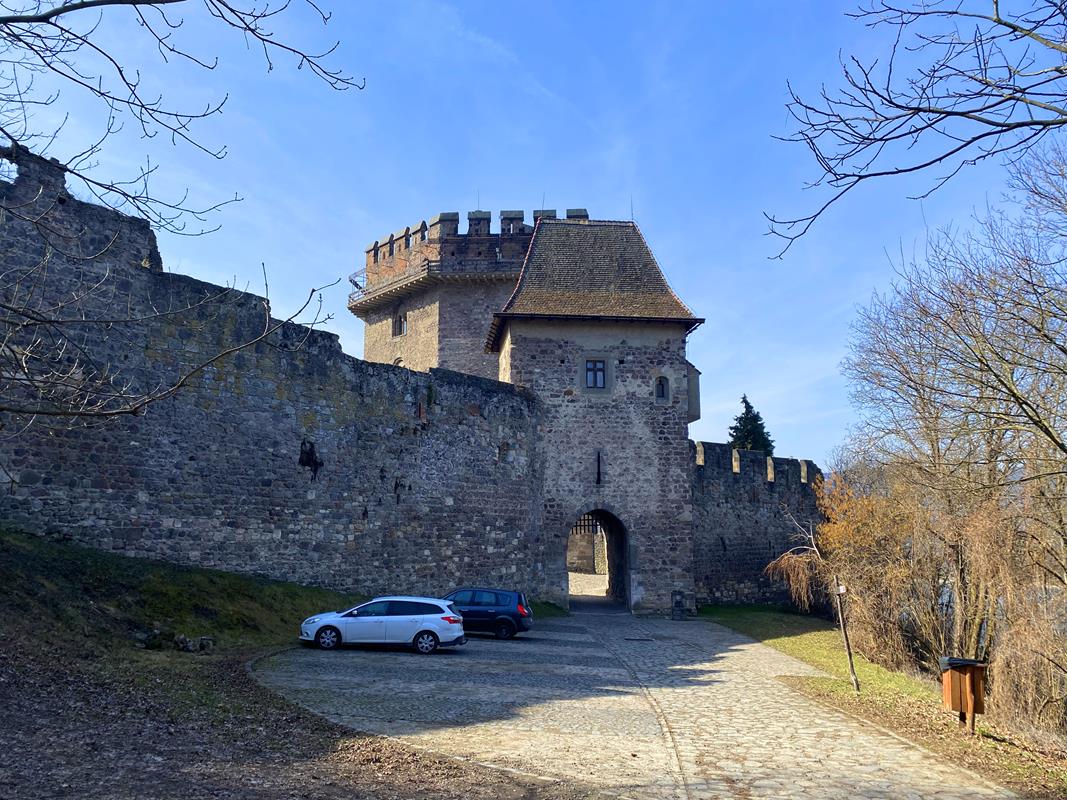
The internal reconstruction of the tower during Charles Robert’s reign, including its division with cross-walls and vaulting, reflected the demands of royal power, as the building itself was a tower-palace with articulated wide twin windows that could adequately represent the recently solidified power of the Anjou rulers. The third floor of the tower could have served as a potential royal apartment, with its east-west cross-wall dividing the space into two comfortable living areas under the given conditions.
Dracula and the tower
However, it is likely that Charles Robert intended the residential character of the tower to be temporary, as by 1330 he certainly owned a court house on the outskirts of the settlement. By the time of the 1335 royal meeting in Visegrád, the spaces of the Upper Castle palace were also available.
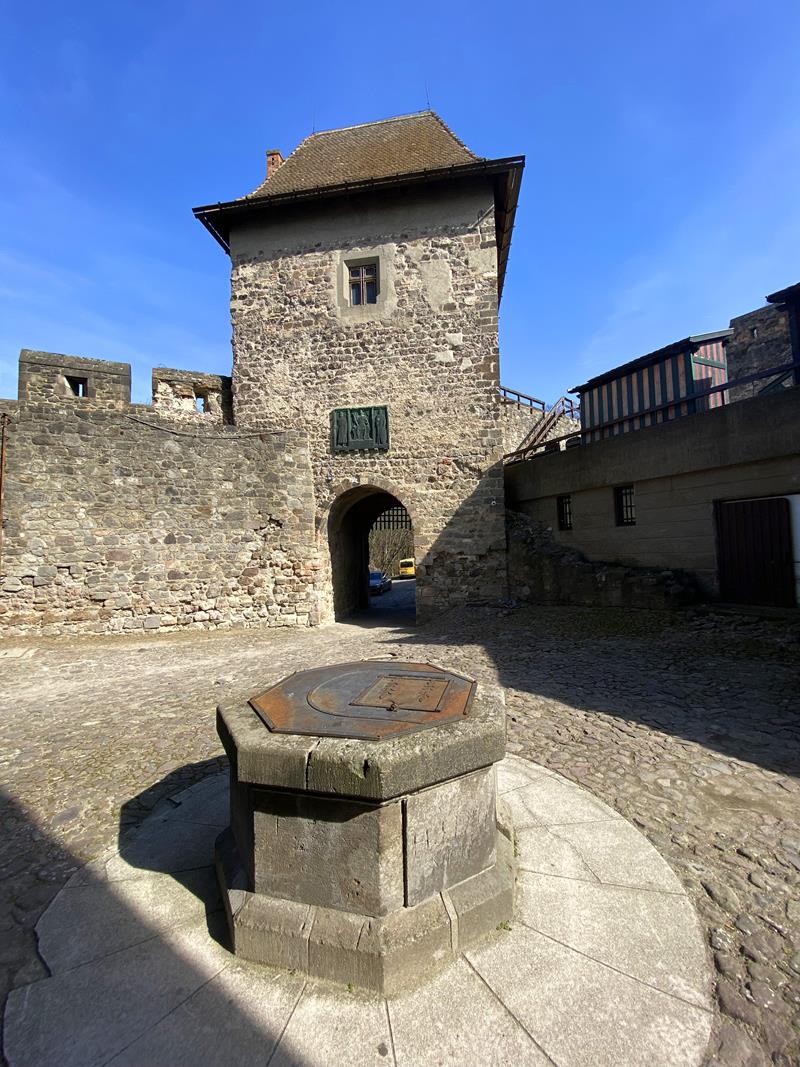
Hunyadi Mátyás mentioned the Lower Castle as “Also-Wyssegrad” in a charter dated 5 March 1459. There is a legendary story from this period about a famous prisoner, Vlad Tepes, also known as Dracula. Visegrád was one of the possible locations for the Prince of Wallachia’s forced stay in Hungary (1462-1474).
The Salamon Tower and war damages
Visegrád suffered numerous sieges and changed hands several times during the Turkish period. When Mehmet, the Pasha of Buda, and Husszein, the Bey of Esztergom, captured it in 1544, the Salamon Tower and walls were severely damaged by artillery fire. During the Turkish rule, the damages to the Lower Castle were never fully repaired. Further damage occurred when the Turks lost it during the Fifteen Years’ War, and during the Bocskai uprising, the Lower Castle was occupied by hajdú soldiers while the Upper Castle was again held by the Turks.
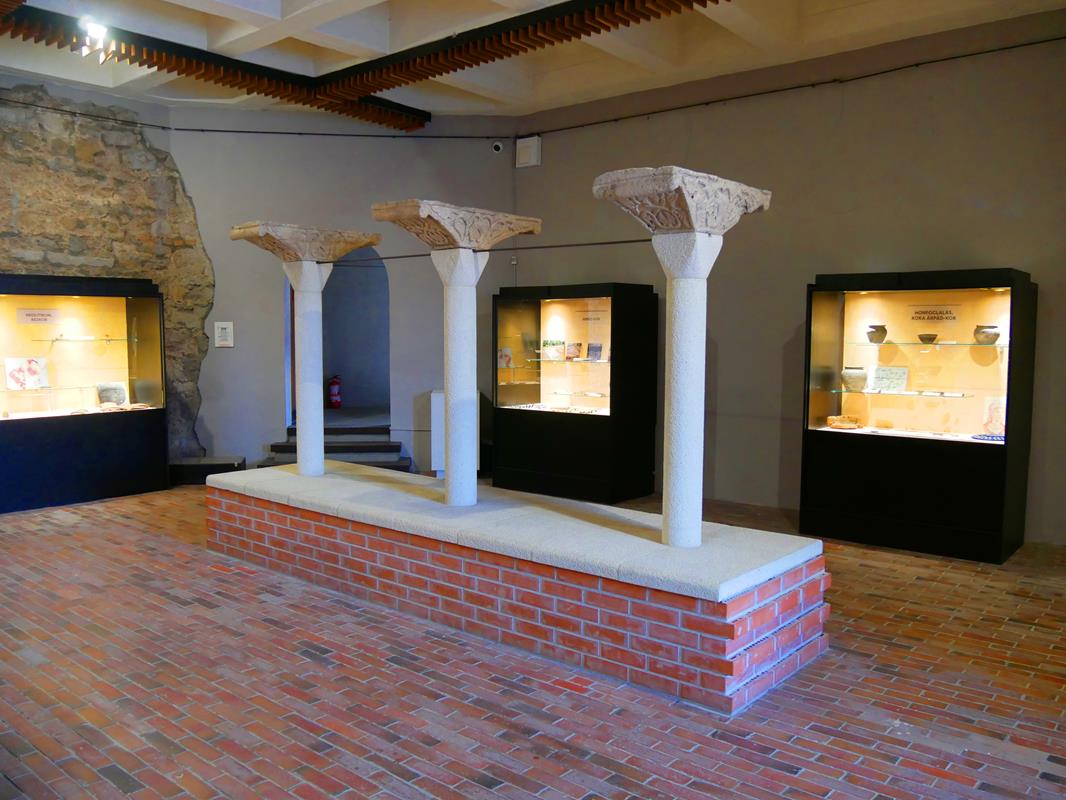
At the expulsion of the Ottomans in 1684, the Christians liberated Visegrád by siege but could not hold it. The Turks eventually withdrew from Visegrád in 1685, but by then the castle was in a completely ruined state. The repopulation of the deserted village began at the end of the 17th century. The settlers used the ruins of the dual castle as a quarry.
Restoration of the Salamon Tower
The current form of the Salamon Tower is the result of several restoration and conservation efforts, which have produced many subjective solutions: the 13th-century corner tower was demolished, 14th-century partition walls were removed, and the reinforced concrete ceilings and significant wall additions do not fit the dignity of the site in today’s view, and their materials have created a crumbling, leaking situation that needs rescue. Urgent intervention is required.
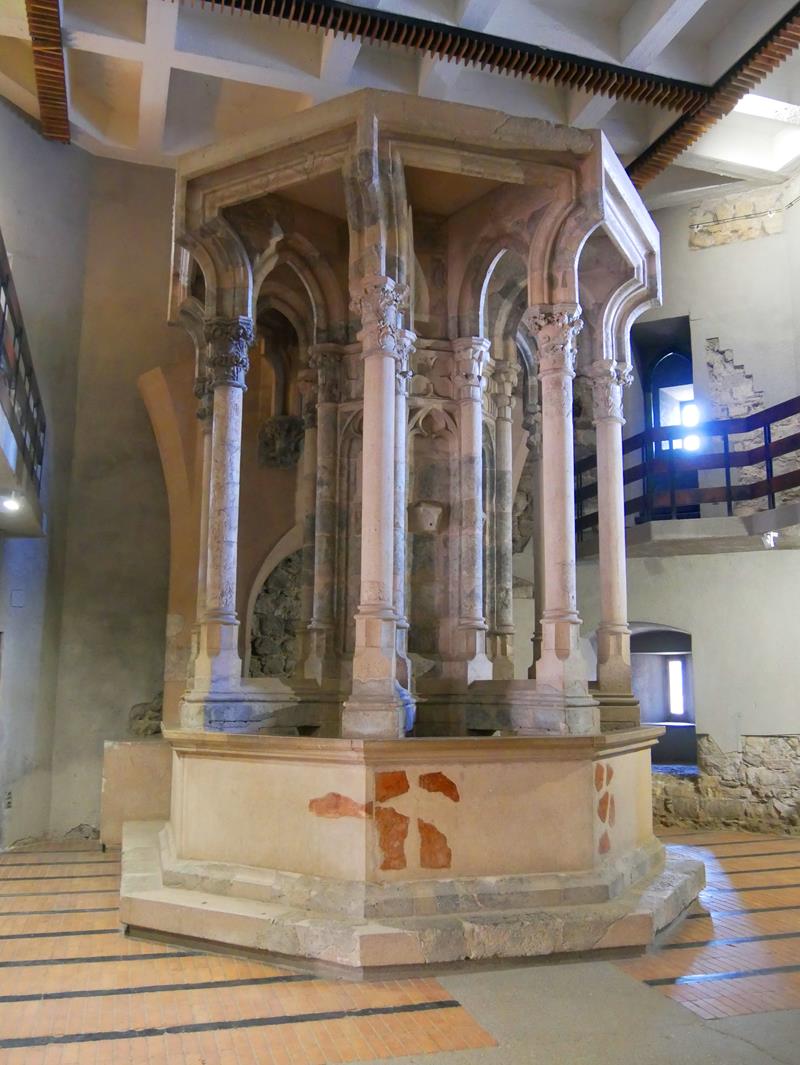
Currently, it is still in its winter slumber, and visits are planned to resume on 1 May.
The original article can be read in Hungarian by clicking HERE.
Read also:
- Why you should definitely take a trip to Visegrád – check out our article HERE
- Hungarian hotel reopens after the fire with a unique attraction in the Danube bend





